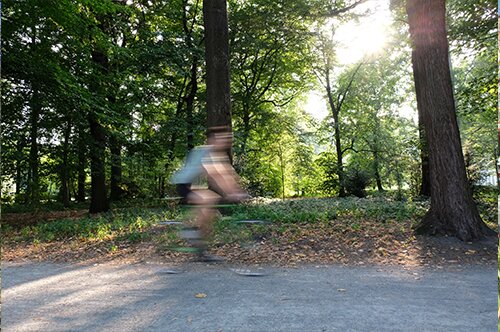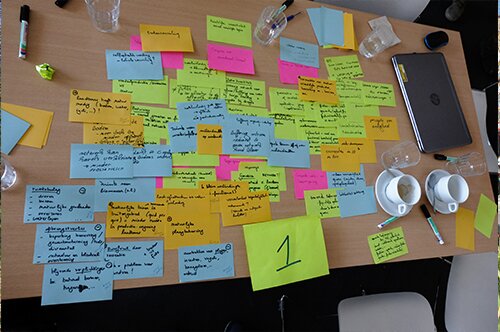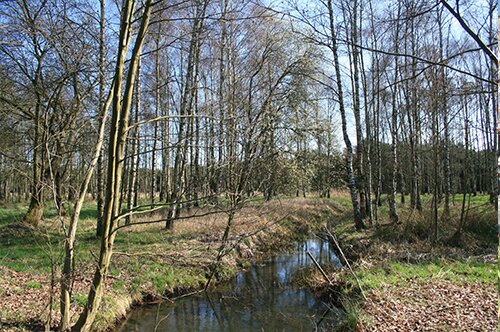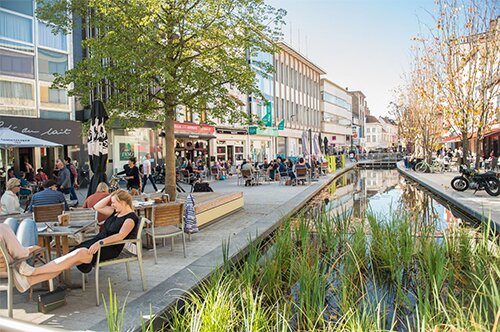Within a highly fragmented and urbanized Flanders, a coherent green-blue grid is indispensable. There are many benefits of such a grid in terms of biodiversity, quality of life, climate-resistance and ecosystem services. Due to the ongoing process for a new Spatial Policy Plan of the Flemish government, green-blue grids are back on the (political) agenda. Within the policy framework 'Robust and coherent open space', the importance of green-blue grids is recognized and anchored.
The aim of this research is firstly to define the concept of green-blue grids and the objectives that this grid must meet. Based on this definition, the existing green-blue grid and the potential for expansion and reinforcement will be mapped out. Such top-down planning has already happened several times before. However, implementation in the field turns out to be difficult because the transition from policy agenda to policy implementation often fails. In this research, these implementation bottlenecks are carefully studied from a policy-based perspective.
Following the research on implementation theory, several case studies will be elaborated on to understand how relevant theories translate into practice. A stakeholder analysis, participatory workshops and design research reinforce each other through an iterative process. In this way, insights are acquired about processes and application possibilities for the realization of green-blue grids.
Researcher(s) UAntwerp: Maarten Van Acker, Geert De Blust, Jasmien Smets
Researcher(s) INBO: Francis Turkelboom, Wim Verheyden, Maarten Stevens, Katrijn Alaert
Commissioned by: Vlaamse Overheid: Departement Omgeving
Period: 2017-2019
Partner(s): INBO - Bureau Bas Smets - Cluster

Recreation in a green-blue network © Jasmien Smets

Workshop results; the objectives and concerns of a green-blue network © Jasmien Smets

Green-blue network in the open space. © Jasmien Smets

A green-blue passage through the city of Mechelen. © Joost Joossens